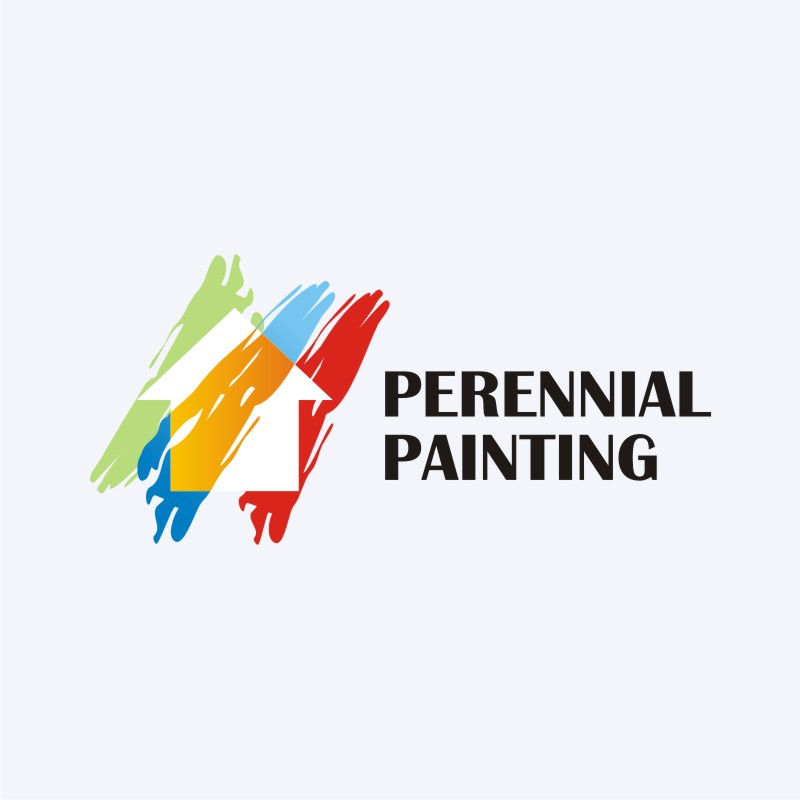Recognizing Seasonal Influences On Commercial Outside Painting: Crucial Understanding For Success
Recognizing Seasonal Influences On Commercial Outside Painting: Crucial Understanding For Success
Blog Article
Content Writer-Leach Rodriquez
When you're planning a commercial external painting project, seasonal aspects can make or break your results. visit the next site 'll wish to think about exactly how temperature and humidity effect paint application and drying times. Picking the ideal season can guarantee your paint sticks effectively and lasts longer. However which https://simonfsuvn.anchor-blog.com/15371626/enhance-your-search-for-the-excellent-painting-specialist-with-necessary-pointers-find-what-to-consider-before-making-your-last-choice are really the best for this sort of job? Allow's explore the crucial elements that can influence your job's success.
The Impact of Temperature Level on Paint Application
When you're intending an industrial exterior painting project, the temperature can dramatically impact how well the paint sticks and dries.
Ideally, you wish to repaint when temperature levels range between 50 ° F and 85 ° F. If it's as well cool, the paint might not heal properly, bring about concerns like peeling off or breaking.
On the other side, if it's as well hot, the paint can dry out as well swiftly, stopping appropriate bond and leading to an uneven coating.
You must additionally take into consideration the moment of day; morning or late afternoon uses cooler temperature levels, which can be a lot more beneficial.
Always examine the maker's suggestions for the certain paint you're making use of, as they usually offer advice on the perfect temperature level range for optimal outcomes.
Humidity and Its Result on Drying Times
Temperature isn't the only environmental variable that affects your industrial external painting project; moisture plays a significant function too. High humidity levels can decrease drying out times substantially, influencing the general quality of your paint task.
When the air is filled with dampness, the paint takes longer to treat, which can result in issues like bad bond and a higher threat of mold development. If you're painting on an especially humid day, be gotten ready for extensive delay times between coats.
It's crucial to keep track of local climate condition and strategy appropriately. Ideally, aim for moisture levels between 40% and 70% for optimum drying out.
Maintaining these factors in mind guarantees your job stays on track and provides a long lasting surface.
Best Seasons for Commercial Exterior Paint Projects
What's the very best season for your business external paint tasks?
Spring and early fall are generally your best bets. Throughout these seasons, temperatures are mild, and humidity degrees are usually lower, producing excellent conditions for paint application and drying out.
Stay clear of summer's intense heat, which can trigger paint to dry also swiftly, causing inadequate bond and finish. Similarly, wintertime's cold temperatures can hinder correct drying out and healing, risking the long life of your paint work.
Go for days with temperatures between 50 ° F and 85 ° F for optimal outcomes. Bear in mind to examine the neighborhood weather prediction for rain, as damp conditions can wreck your project.
Planning around these aspects guarantees your painting project runs smoothly and lasts longer.
Final thought
In conclusion, preparing your business exterior painting projects around seasonal factors to consider can make a significant difference in the end result. By scheduling work during the optimal temperatures and moisture levels, you'll make sure much better attachment and drying out times. Keep in mind to keep an eye on local weather forecasts and pick the correct time of year-- springtime and very early loss are your best choices. Taking these actions will help you achieve a long lasting and professional finish that lasts.
